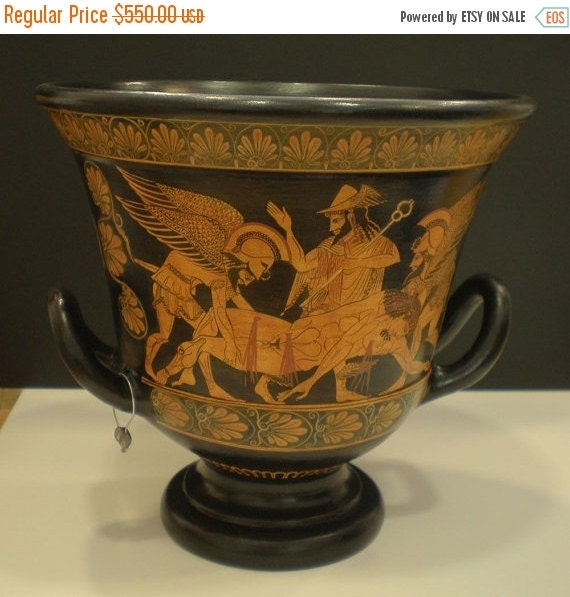
They include Thyone (the deified Semele), Dionysos, Apollo, Herakles, Athena, Hermes, Aphrodite, Amphitrite, and probably Ares and Poseidon.ln other black-figure wedding scenes there is nothing to suggest that any of the figures are immortal/ while on still others there is a mix of mortals and gods. 1),2 where Peleus and Thetis stand in a four-horse chariot, accompanied by gods and deified heroes afoot. in Florence in the manner of the Lysippides Painter (fig. 3790.Īs on a hydria from the last quarter of the sixth century B.C. Florence, Musco Arcncologico t\azionalc, inv. Detail of a nydria in the manner of the Lysippides Painter. In a few cases the figures are labeled, suchįig. A chariot is normally the mode of transportation for the couple.

and become popular on Attic black-figure vases of the sixth century.lvfore than ninety percent of these show the procession between the bride's father's house and the groon1s, the crucial moment of transition for the bride, \ Wedding scenes first appear on Attic pottery for certain in the seventh century B.C. Before turning to our main theme, however, let us first briefly review the development of wedding iconography, since we will be referring to various standard wedding motifs. This is the goal of this essay, which will focus on Athenian red-figure vases, where these images occur most frequently. This has often gone unnoticed, and no overview or analysis of the use of wedding imagery in non-wedding scenes of myth has ever been written. But wedding motifs are also employed in scenes of myth where no wedding proper takes place, lending these images more than one layer of meaning, just as metaphor, simile, and other literary devices do in literature. 1 That elements of wedding iconography were used in depictions not only of human weddings but also of mythological ones should not be a surprise, since the Greek gods are anthropomorphic and human in most of their customary behavior. Recent studies have helped us to perceive more clearly the parts of the ceremony shown on individual vases and to understand the formal pictorial language developed by vase-painters for wedding depictions. Hanks to the evidence preserved on Athenian painted pottery we have a much better understanding of the ancient Greek wedding ceremony, for the scenes found on some of these vessels not only provide pictures of events referred to in literary sources, but they sometimes fu rnish evidence for those not mentioned. NUPTIAL NUANCES: WEDD I NG I MAGES IN NON-WEDDING SCENES OF MYTH


 0 kommentar(er)
0 kommentar(er)
